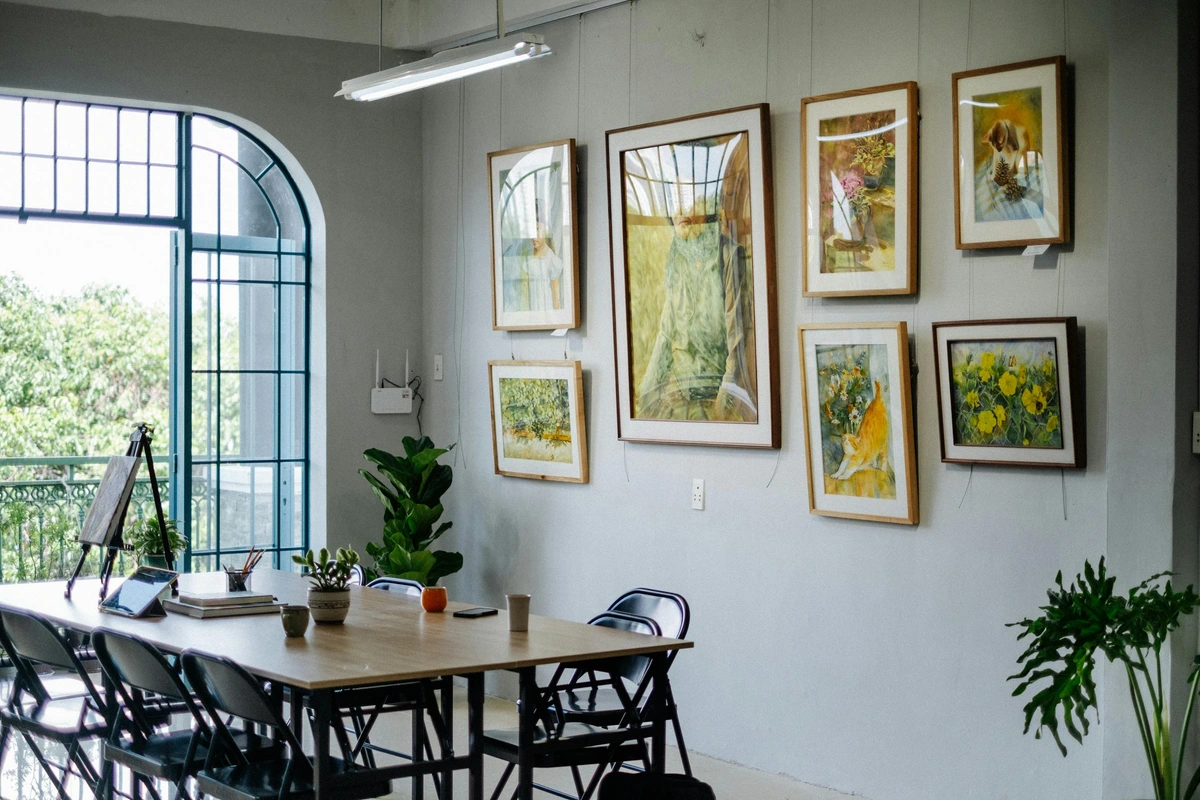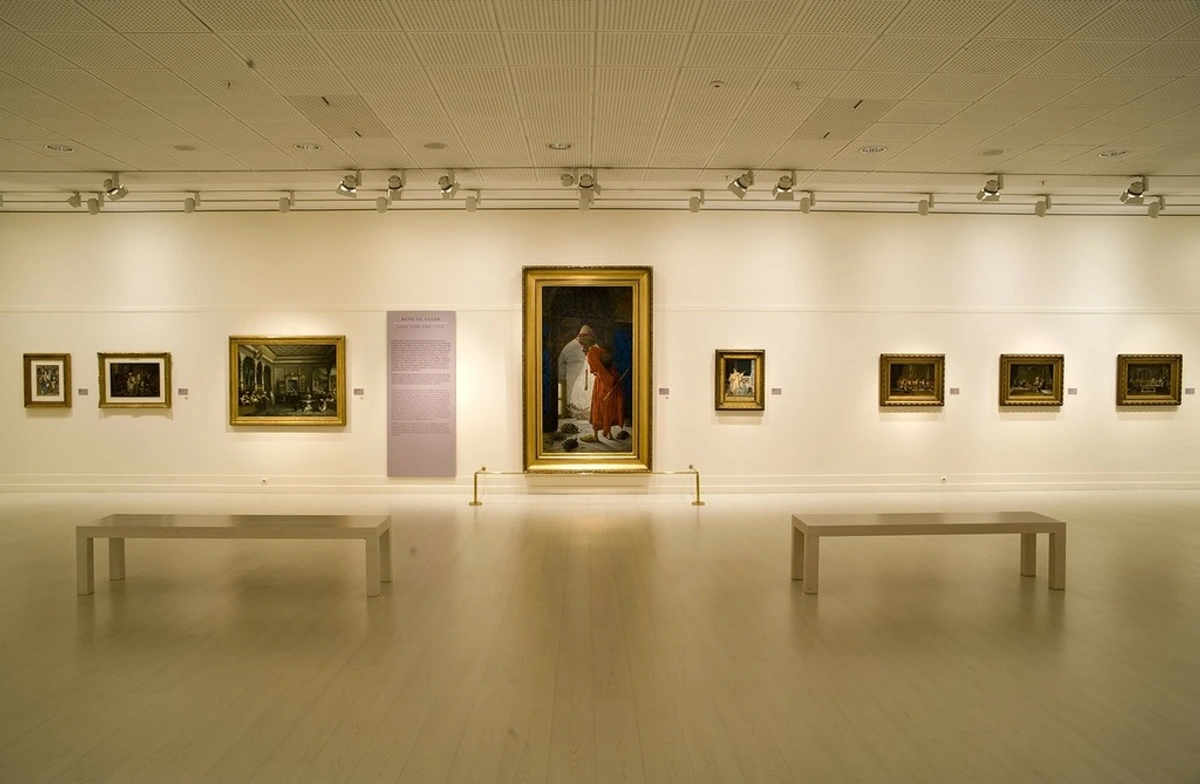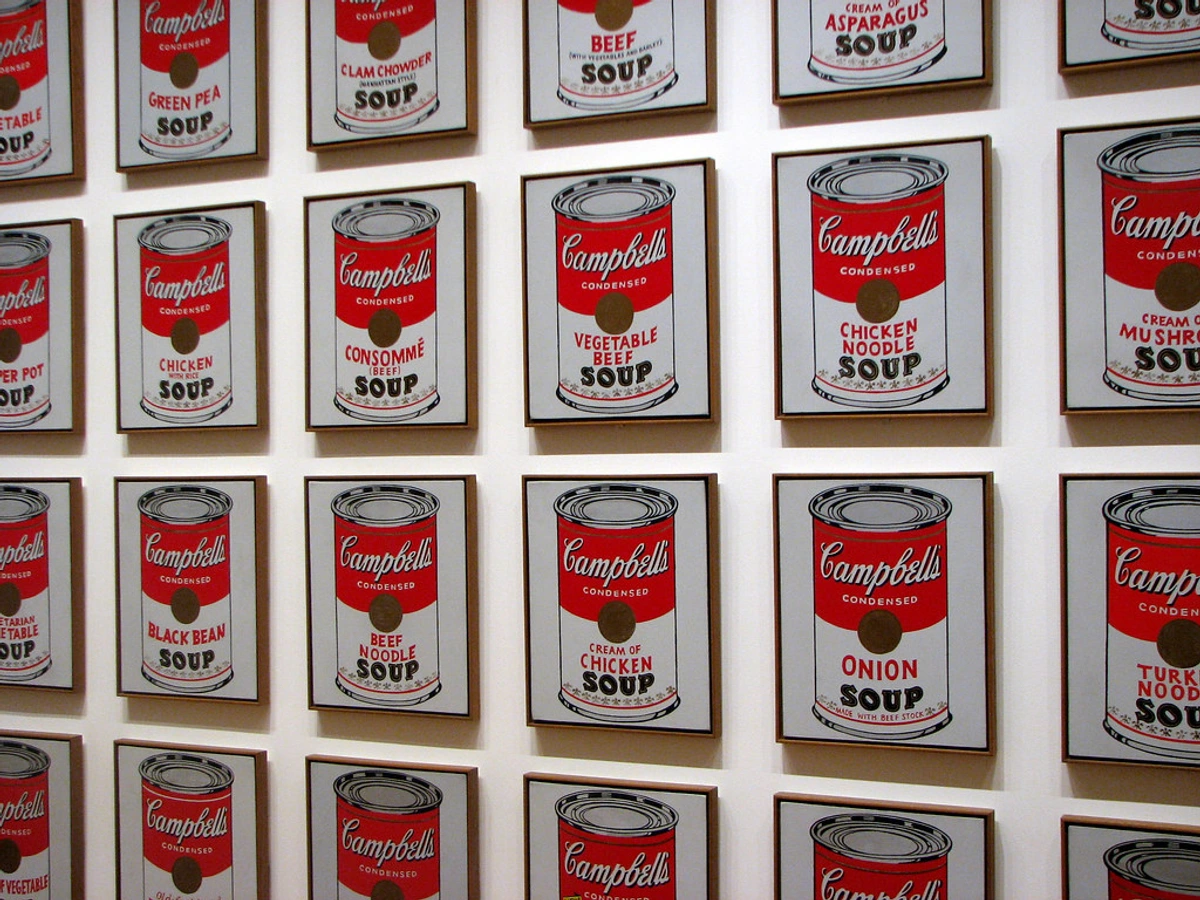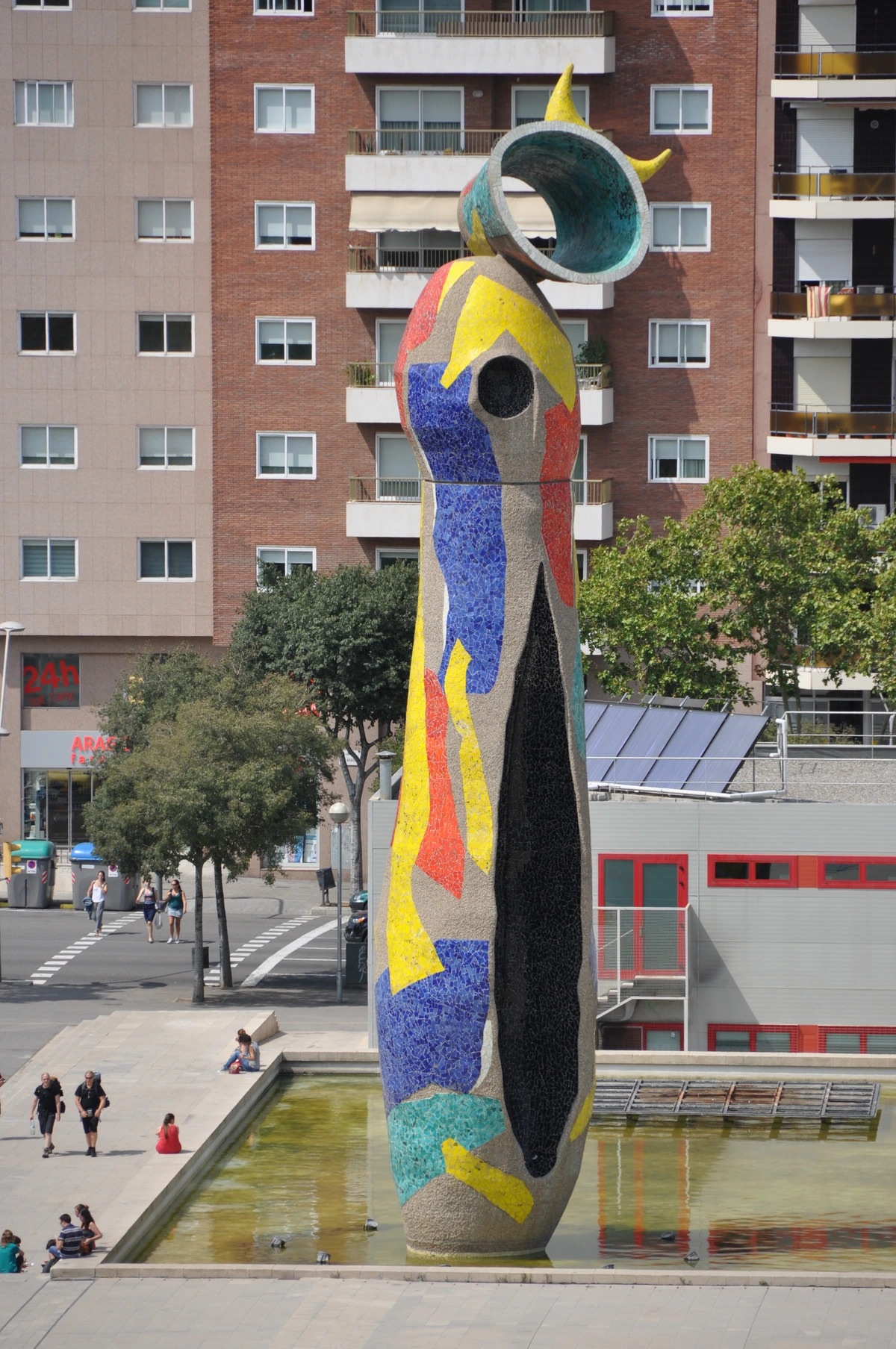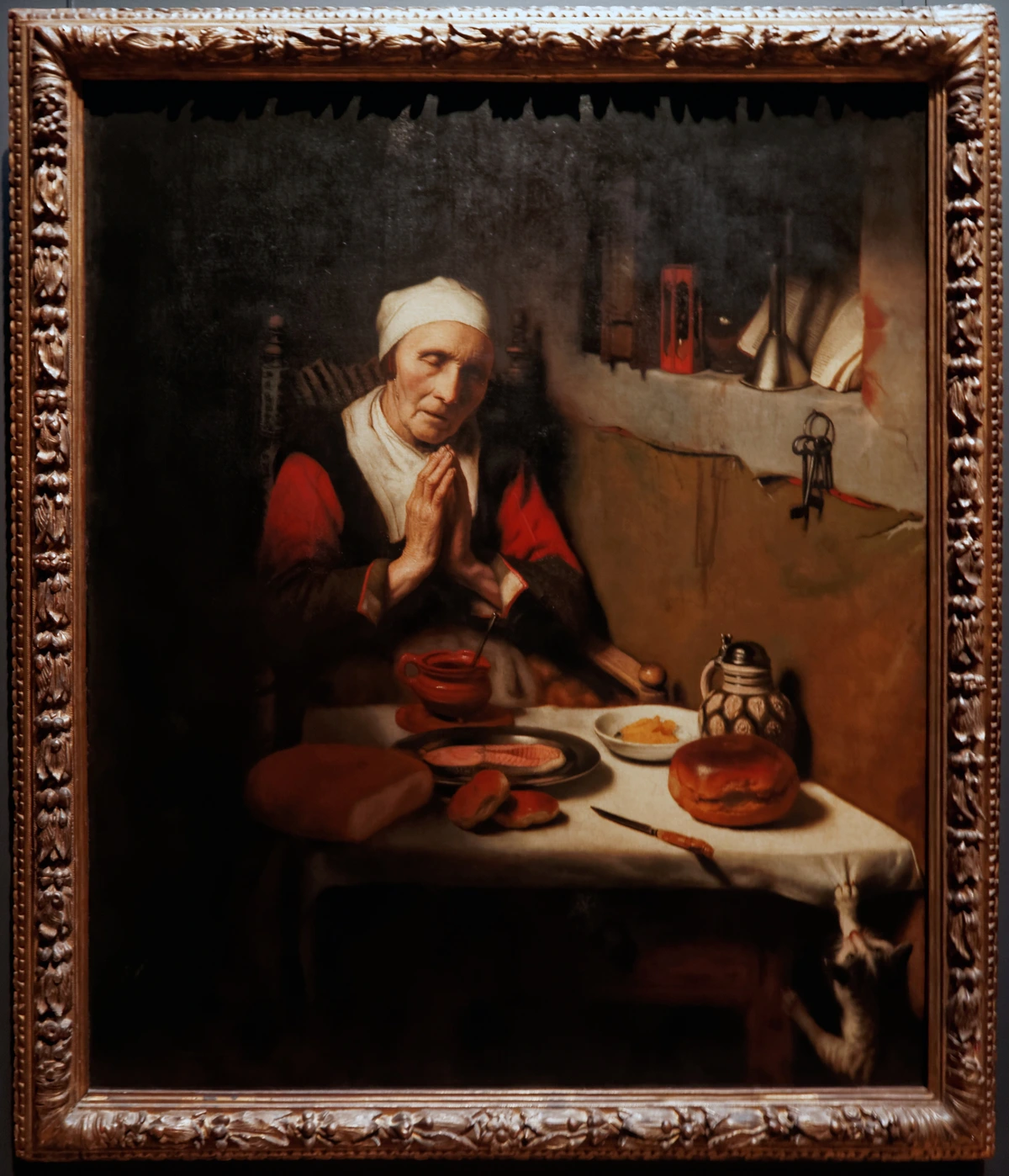
Elegant Dining Room Art: Styles, Placement & Personal Touch
Elevate your formal dining room with art that sparks connection. Discover personal insights on styles, thoughtful placement, and practical tips to curate a sophisticated, inviting space that truly reflects you.
Choosing Art for Your Formal Dining Room: Beyond Just Pretty Pictures, Towards a Conversation
Let's be honest, stepping into a formal dining room can feel a bit like approaching a hallowed space, can't it? For years, mine was a place of hushed tones and careful movements, almost stiff. I’d fuss over the "good china," polish silverware until it gleamed, and whisper instructions about not bumping the table. It was, in a word, intimidating. But then I had a moment of clarity: this isn't a museum. It's where the best stories are shared, where connections deepen over a shared meal, and where memories are truly made. And in my experience, it’s art that truly transforms this room from merely "pretty" to a vibrant stage for warmth and profound conversation. My goal here? To help you choose art that doesn’t just fill a wall, but elevates the entire dining experience, making it distinctly yours. Together, we'll journey through the rich history of dining room art, explore contemporary styles and subjects, delve into the practicalities of size and placement, and even navigate some common pitfalls, all to help you curate a space where every meal feels like an occasion.
A Glimpse into the Past: Art and the Evolution of the Formal Dining Room
Before we dive into modern choices, it’s fascinating to consider that the dining room, as we know it, has always been a stage. From the opulent feasting halls of medieval castles adorned with tapestries depicting heroic sagas – imagine the stories whispered beneath those woven scenes! – to the grand salons of the 18th century showcasing portraits and classical landscapes, art has consistently played a central role in setting the tone. I often think about how the Baroque era brought lavish, dramatic works into dining spaces, emphasizing grandeur, while later, the Rococo period softened things with a more intimate, whimsical touch, even in formal settings. Then came the clean lines and classical narratives of Neoclassicism, grounding dining rooms in a sense of order and timelessness. These spaces weren't just for eating; they were for displaying status, reinforcing narratives, and stimulating intellectual discourse. And honestly, while our modern 'formal' might be less about showing off and more about intentional hospitality, the core idea remains: art creates an atmosphere that goes beyond sustenance, fostering connection and conversation. It’s a tradition we're still carrying forward, perhaps just with a bit more personal flair now.
The Soul of the Space: Why Your Formal Dining Room Deserves Artful Attention
I mean, how often do we really use our formal dining rooms? For some, it's every week; for others, it’s those cherished special occasions. Either way, when you do step in there, you want it to feel intentional, inviting, and truly you. It's not just a room for eating; it's a backdrop for storytelling, laughter, and perhaps a few memorable, if slightly red-stained, tablecloth moments (don't worry, my own clumsiness has led to more than a few!). The art you choose here isn't just decoration; it's a conversation starter, a mood setter, and a subtle reflection of the hospitality you offer. It speaks volumes without uttering a word, encouraging animated discussions during holiday feasts or creating a serene backdrop for intimate anniversary dinners. It's about crafting an environment where guests feel inspired to linger, connect, and share, feeling truly welcome in a space that feels unequivocally yours.
What Does "Formal" Even Mean Anymore? Crafting Your Vibe
"Formal" used to conjure images of dark wood, heavy drapes, and portraits of stern-looking ancestors. And while that can be lovely for some – if you're into that brooding, old-world charm, go for it! – it's certainly not the only way. For me, 'formal' today signifies a space imbued with elevated intention—sophisticated, yes, but also vibrant, modern, and deeply personal. It’s about creating an atmosphere that feels special without being unapproachable, a kind of quiet confidence. Think of it like your most elegant outfit: tailored, perhaps, with impeccable details, but still unmistakably you. It’s about projecting self-assuredness, not rigid adherence to outdated rules. You can find more general inspiration on how to decorate a house in various styles, but for the dining room, it’s about that thoughtful, curated touch.
Finding Your Art Match: Style, Subject, and Spark
This is where the fun begins, and where my own biases happily surface. Once we've established this more fluid understanding of 'formal,' the question becomes: what kind of art best embodies this spirit?
Abstract Wonders: My Personal Go-To
When it comes to formal dining rooms, I tend to lean heavily into abstract art. Why? Because it offers sophistication without being prescriptive, and it allows for interpretation, which is wonderful for sparking conversations around a dinner table. Abstract pieces, especially those with clean lines, thoughtful compositions, and vibrant color palettes, can inject a contemporary elegance that traditional spaces often crave. They don't dictate a scene; instead, they invite contemplation, allowing each guest to bring their own perspective, turning the artwork into a living, breathing part of the dinner conversation itself. A geometric abstract piece, for instance, can feel incredibly modern and structured, yet also dynamic, echoing the vibrant energy you want in a lively dining room. When I think of artists who truly capture this, I think of the bold linearity and rhythmic patterns found in early Cubist works – Piet Mondrian, for instance, with his precise compositions, creates a wonderful sense of order and dynamic balance that I find incredibly engaging. Or, consider the expressive color fields that hum with unspoken energy from post-war abstract expressionists like Mark Rothko or Helen Frankenthaler. Rothko's luminous rectangles, though often contemplative, evoke a profound emotional resonance that can elevate an intimate dinner, fostering deep conversation. Frankenthaler’s soak-stain technique, with its delicate yet vibrant washes of color, creates a sense of fluid beauty and natural harmony – perfect for a dining room that seeks to feel both sophisticated and welcoming, without being overtly busy. For me, these offer a richness that's both elegant and endlessly intriguing, proving that art doesn't need to depict a recognizable scene to evoke powerful feelings and connections. You can dive deeper into the history and allure of this genre with the ultimate guide to abstract art movements.
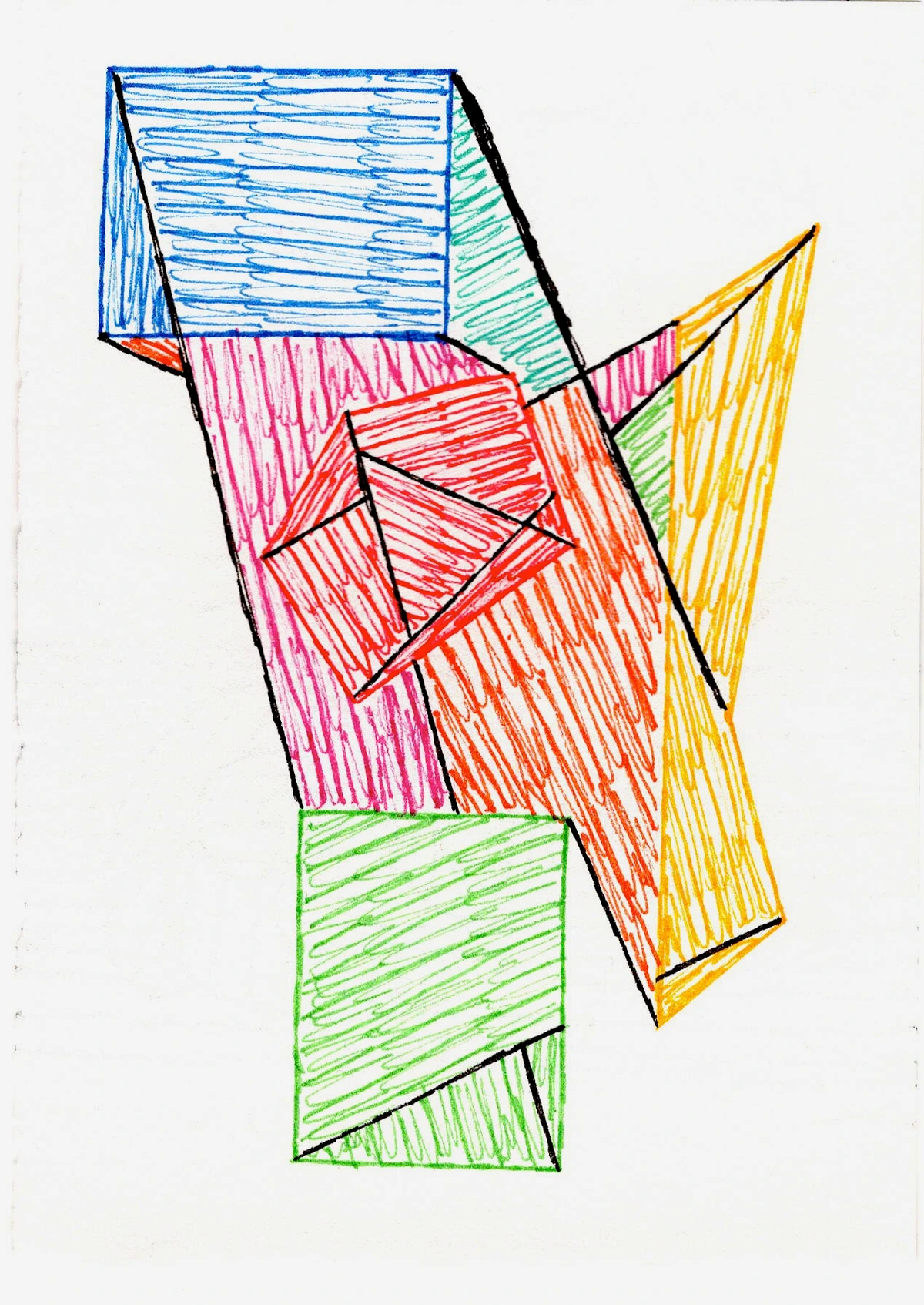
Subject Matter: Keep it Appetizing (Literally and Figuratively)
Now, this might sound obvious, but I've seen some rather intense choices! While I'm all for artistic freedom, maybe steer clear of anything too unsettling, overtly aggressive, or graphically explicit in a dining space. You want your guests to feel comfortable, not concerned that the main course might be preparing for a dramatic escape. Think about themes that evoke warmth, connection, nature, or just pure aesthetic pleasure. While abstract art often bypasses this dilemma by not having a literal subject, if you're going figurative, choose wisely.
My personal inclination, especially in a formal setting, leans towards subjects that foster a sense of calm or stimulate positive discussion. Landscapes (perhaps a serene, rolling countryside or a dynamic seascape that invites escape), still lifes (tastefully done, of course – think rich textures and harmonious compositions, maybe a vibrant bowl of fruit that celebrates abundance, not a decaying fruit bowl that makes you question your life choices!), or calm portraits can work beautifully. Now, a quick thought on figurative art: consider its scale and proportion. A monumental portrait, while powerful in a gallery, might feel a bit overwhelming, or even intimidating, when you're seated right across from it, trying to enjoy a quiet meal. Smaller, more intimate figurative works, however, can truly enhance conversation, drawing guests in with their nuanced storytelling without dominating the space. But what about other genres? A subtle impressionist landscape, for example, could bring a gentle, dreamy quality. Perhaps a folk art piece, if it tells a story of community and harvest, could add a touch of charming authenticity. Even a piece of surrealism, if it leans towards whimsical rather than disturbing, might spark a wonderfully unexpected conversation, encouraging guests to ponder its meaning. The key is to ensure the subject contributes to the celebratory, convivial spirit of the room. And don’t be afraid to go for stylized or conceptual figurative art; a series of elegant botanical illustrations or subtly narrative historical scenes can add immense sophistication without being literal or overwhelming.
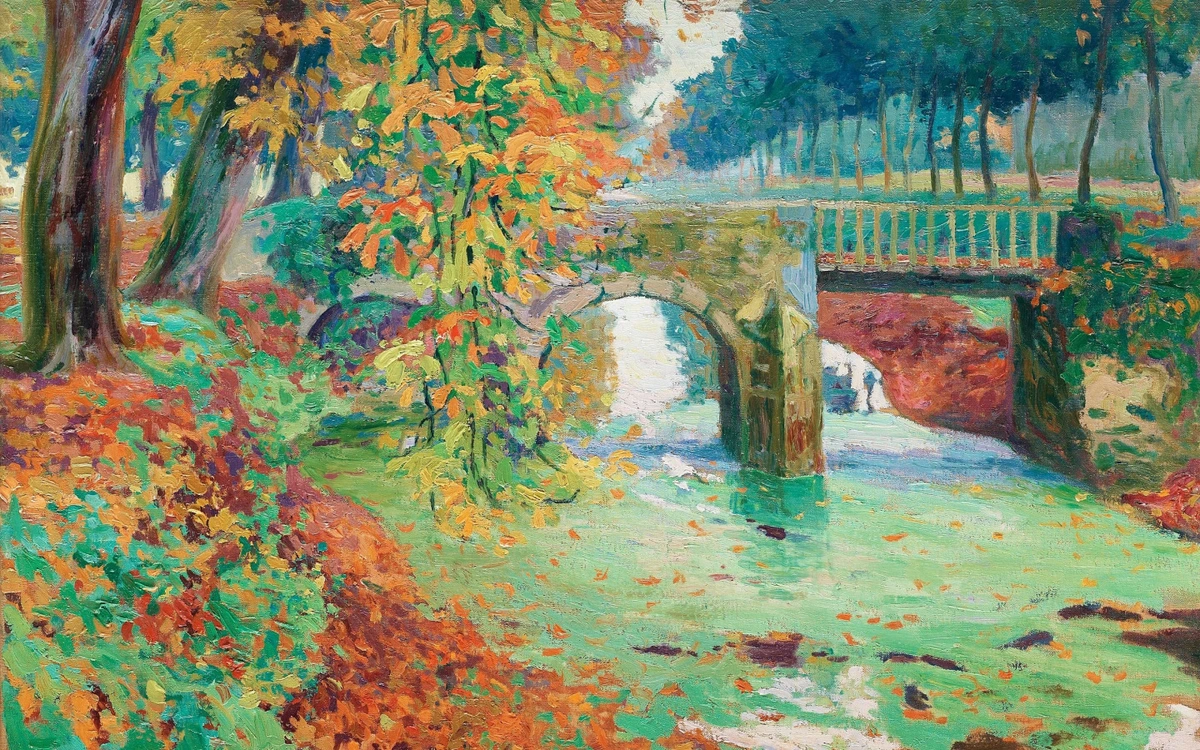
Color Palette: The Unsung Hero and Mood Setter
Art is a fantastic way to introduce color into a room without repainting the walls. For a formal dining room, I often advise choosing art that complements the existing decor rather than perfectly matching it. A bold, unexpected color in an otherwise neutral room can be breathtaking. Or, if your room is already rich in color, a piece with a more subdued, harmonious palette can create a sense of calm elegance.
Beyond mere aesthetics, think about the psychological impact of color in your dining space. Warm colors like reds and oranges are often said to stimulate appetite and lively conversation – perfect for a bustling dinner party! (Though I did once see a dining room awash in an aggressive crimson that felt more like a warning than an invitation.) Cooler blues and greens, on the other hand, can create a more tranquil, contemplative atmosphere, ideal for a quiet, intimate meal. When playing with palettes, consider the dance between complementary colors (opposites on the color wheel, like blue and orange) which create dynamic energy and visual excitement, versus analogous colors (neighbors on the color wheel, like blues and greens) which offer a more harmonious, serene flow. My own abstract art, often bursting with a joyous energy from vibrant color fields, aims to create an inviting and dynamic feeling without being overwhelming. Don't be afraid to experiment! A vibrant abstract piece can really bring life to the room and even subtly influence the mood of your guests. Consider a dominant cool tone with fiery accents to create a sophisticated tension, or a monochromatic scheme with varied textures to evoke calm elegance without being dull.
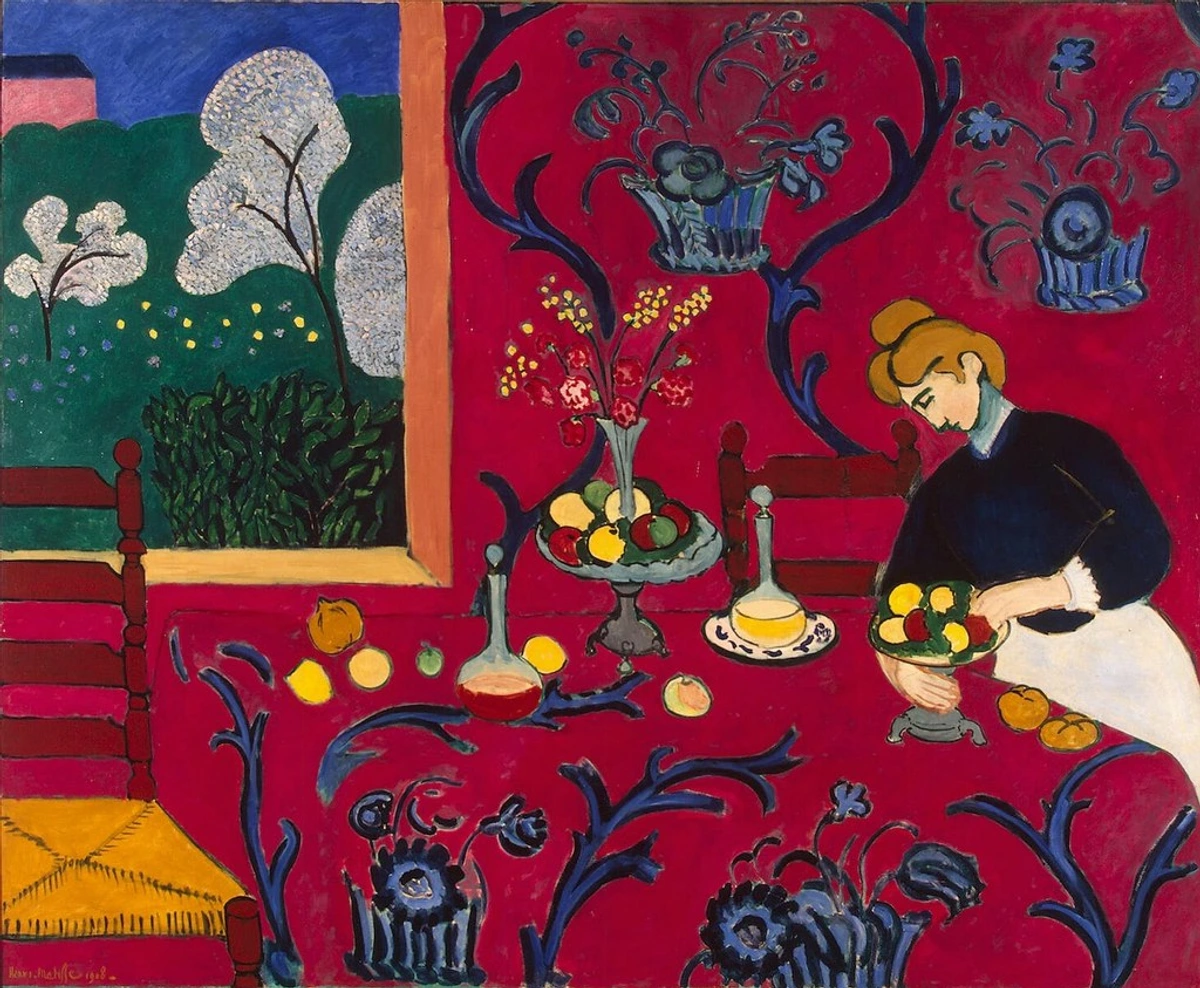
Texture and Medium: Beyond the Flat Canvas
Sometimes, it's not just about what you see, but what you feel (or imagine feeling!). The texture and medium of your artwork can add another layer of sensory richness to your formal dining room. Imagine an impasto oil painting, its thick brushstrokes catching the light, adding a tactile dimension that invites closer inspection. Or a piece of mixed media art, incorporating subtle sculptural elements or different materials, creating visual depth and intrigue. But don't stop there! Think about the elegance of a textured ceramic wall hanging, or the warmth a finely woven textile art piece can bring. Even a subtle 3D installation or relief sculpture can introduce a fascinating play of light and shadow, transforming a flat wall into a dynamic surface. These elements, often overlooked, can profoundly contribute to the overall ambiance, making a room feel more curated and luxurious. They add an almost sculptural quality, playing with light and shadow in a way a flat print cannot. It’s like adding a perfectly textured fabric to an elegant ensemble – it elevates the whole look.
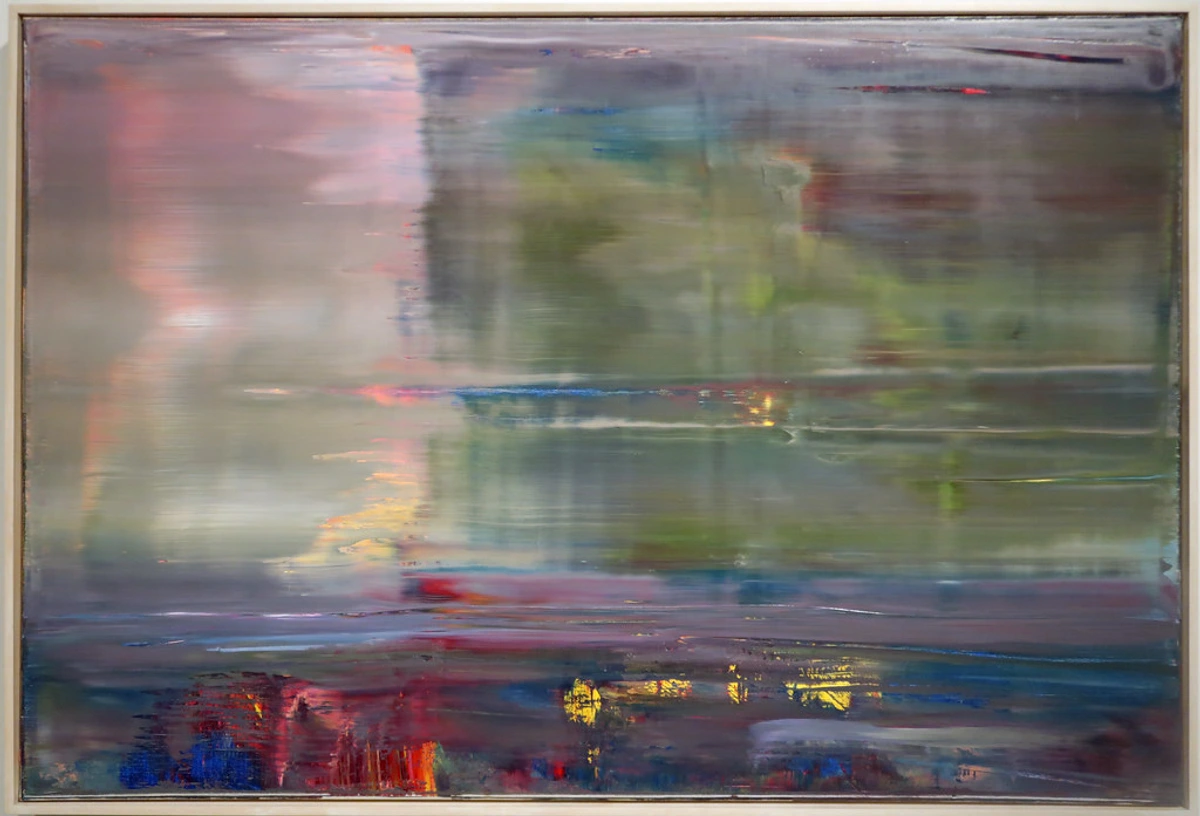
The Holistic Dining Experience: Where Art Meets Ambiance
Let's talk about the holistic experience. Art doesn't exist in a vacuum, especially not in a formal dining room where every detail contributes to the overall ambiance. We've touched on how color and subject can set a mood, but let's remember the bigger picture. The psychology behind the art you choose profoundly affects the dining experience. A dynamic abstract piece, for instance, might encourage animated discussion and laughter, while a serene landscape could foster a more introspective, intimate meal. Minimalist art can instill a sense of calm and order, perfect for focused conversation, whereas an expressionist piece might inject passion and energy into the room. It’s about curating a mood, isn't it?
Consider how your chosen artwork harmonizes with other elements in the room. Does the gleam of your chandelier play off the texture in the painting? Does the pattern on your placemats subtly echo a shape in the art? It's like curating a symphony where every instrument plays its part, creating a backdrop not just for your guests, but for the beautiful table settings, the flickering candles, and yes, even the delicious food being served. It’s all part of the story you’re telling, making each meal a truly immersive experience. Now that we understand how art contributes to the overall atmosphere, let's delve into the crucial, often overlooked, details of its physical presence: size and placement.
Size and Placement: The Goldilocks Principle
This is where many people stumble. The wrong size art can throw off the entire balance of the room. I often find myself saying, "Go bigger than you think!" But there are nuances, of course.
The Grand Statement Piece: One is Often Better Than Many
For a truly impactful formal dining room, a single, generously sized piece of art often works wonders, especially when placed over a sideboard or on the most prominent wall. It acts as a powerful focal point, drawing the eye and grounding the space. Think about the wall space available and the scale of your furniture. If you're hanging above a buffet or console, a good rule of thumb is for the art to be roughly two-thirds the width of the furniture below it. This ratio works visually because it creates a sense of balance and proportion, preventing the art from looking either too small and lost or overwhelmingly large. I always think of it as creating a visual anchor, grounding the space. These principles for art above the sofa or art above a fireplace are particularly relevant for the dominant wall in your dining room, often opposite the main seating arrangement.
Gallery Walls (with a Formal Twist)
While I adore a good gallery wall, in a formal dining room, they require a bit more restraint. If you go this route, aim for cohesion through consistent framing, a limited color palette across the pieces, or a very thoughtful, symmetrical arrangement. The goal is curated elegance – a harmonious collection that feels intentional and sophisticated, not a random assortment of pieces. You might find some ideas in how to mix and match different art styles to maintain cohesion.
Eye-Level is Key & Scaling for Grandeur
As a general rule, art should be hung so the center of the piece is at average eye-level – roughly 57-60 inches (145-152 cm) from the floor. This magic number ensures comfortable viewing for both standing guests mingling before dinner and seated guests enjoying their meal, preventing neck craning or feeling dwarfed by the art. Of course, if you have unusually high ceilings or a particularly grand space, you might adjust slightly upwards to fill the vertical expanse, but still, keep it within comfortable viewing range. For truly towering ceilings, consider monumental pieces or creating a vertical arrangement that draws the eye upward without making the art feel like it's floating aimlessly. And don't forget the power of scale and repetition here – a single, commanding piece can imbue a room with calm authority, while a carefully curated series of smaller, repeated motifs can inject a dynamic, rhythmic energy, guiding the eye around the room.
Small or Unusually Shaped Dining Rooms: Thinking Outside the Box
Now, what if your formal dining room isn't quite the grand ballroom you envisioned? Or perhaps it has architectural quirks that limit wall space? This is where creative thinking truly shines! If traditional large wall hangings aren't an option, consider integrating smaller, impactful pieces directly onto furniture. Leaning a beautifully framed print on a sideboard or buffet, or placing a small sculptural piece on a display shelf, can add significant artistic flair without demanding precious wall real estate. I’ve even seen narrow, vertical pieces fit perfectly into tight architectural nooks, turning an awkward corner into a moment of intrigue. The key is to think three-dimensionally and use every available surface strategically, always aiming to enhance the space without overwhelming it. Sometimes, an unexpected placement can be the most delightful.
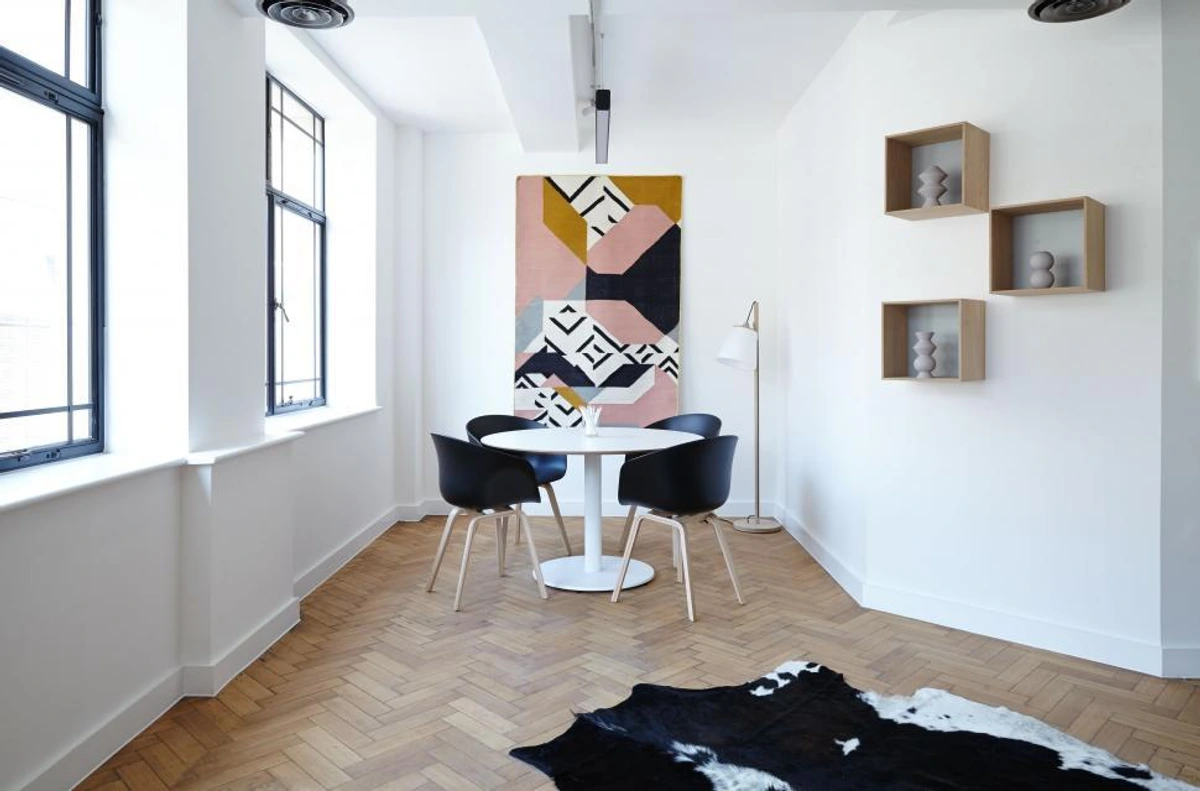
Lighting: The Spotlight on Your Selection
Oh, the magic of good lighting! It's not just about seeing your art; it's about making it glow. For your main pieces, consider dedicated picture lights – whether sleek LED strips that offer even illumination or classic brass lamps that evoke a gallery feel. These aren't just decorative; they truly highlight the textures, colors, and nuances of your artwork, drawing the eye and adding a layer of sophistication. Beyond individual art lighting, don't underestimate the power of your room's ambient lighting. Dimmers on your overhead lights, chandeliers, or sconces can create a beautiful, intimate ambiance during meals, allowing the art to shine softly in the background rather than being harshly spotlighted. It's all about enhancing the mood and ensuring your art is seen in its best light, literally. For more detailed advice, you could explore how to choose the right lighting to enhance your abstract art collection or master the art of display.
Materials and Durability: A Practical Nudge for Cherished Pieces
Dining rooms, let's face it, can be lively places. There's food, drink, sometimes a bit of enthusiastic gesturing. While I wouldn't suggest hanging a priceless, unframed watercolor right next to the gravy boat, most art is perfectly fine. For peace of mind and longevity, here are a few considerations:
- Framing Matters: For prints or works on paper, opt for professional framing with UV-protective glass or acrylic. This not only shields against accidental splashes and spills but also guards against fading from sunlight – a practical concern for any cherished artwork. Archival mats and conservation-grade glass add a significant layer of sophistication and longevity, especially for valuable or sentimental pieces.
- Resilient Canvases: Canvas pieces are generally quite resilient. Many are easy to clean with a soft, damp cloth if a minor mishap occurs.
- Sculptural Elements: If you're incorporating sculptural art, consider its material. Metals or durable ceramics are often more forgiving than very delicate glass or unsealed wood, especially if placed within easy reach.
Just something to keep in the back of your mind – don't let it scare you away from bold choices! For more insights into selecting resilient art, check out choosing art for high-traffic areas.
Acquiring Art: Investing in Your Dining Room's Soul
Let's talk brass tacks for a moment, because choosing art often comes with a budget. You don't need to break the bank to make a significant impact. Sometimes, a single, thoughtfully chosen statement piece can elevate a room more than several smaller, less impactful items. Consider investing in one substantial piece that truly speaks to you – it often becomes the heart of the room and a conversation piece for years to come.
Originals vs. Prints: A Matter of Connection and Budget
When you're acquiring art, you'll inevitably encounter the question of originals versus prints. An original artwork carries the unique energy of the artist's hand; it's a one-of-a-kind piece that can offer a profound, intimate connection and often a growing investment. However, fine art prints (like giclées or lithographs) offer a fantastic way to acquire high-quality, often large-scale, beautiful art at a more accessible price point. Many contemporary artists, myself included, offer stunning prints that lose none of the emotional impact of an original. For a formal dining room, either can be a superb choice; it simply depends on your budget, your desire for uniqueness, and your long-term vision for the piece. What matters most is that it resonates with you.
When you're searching, remember there are many avenues. Local galleries offer unique finds and support artists directly, online art platforms provide a vast selection, and don't forget artists' personal websites (like where you can find unique art to buy from me!). When assessing quality and authenticity, especially from less established sources or online, look for artist signatures, edition numbers for prints, and certificates of authenticity. Don't be shy about asking about the artist's background or the provenance of the piece. Visiting a museum, like perhaps my own museum in 's-Hertogenbosch, can also be a fantastic way to spark inspiration and see how different pieces speak to you in person. It's about finding that perfect piece that resonates, whether it's an emerging artist's print or a more established work, and knowing you've made an informed choice.
My "Oh, No" Moments: Common Pitfalls and How to Avoid Them
I've made my share of art choices I later regretted. (We all have, right? My first apartment was a questionable homage to poster art, and I once hung a tiny, delicate watercolor above my notoriously wobbly coffee table, which, needless to say, did not end well.) Here are a few things I've learned to avoid in a formal dining room, and how to sidestep those little missteps:
- Too Small: A tiny piece on a vast wall looks lost, like a whisper in a shout. Err on the side of slightly too large rather than too small. If in doubt, cut out a paper template of the size you're considering and tape it to the wall. It's a lifesaver, trust me.
- Too Busy/Chaotic: Unless that's specifically the vibrant, energetic vibe you're going for, an overly busy piece or a jumbled gallery wall can feel distracting rather than elegant in a formal setting. The goal is curated elegance – a harmonious collection that feels intentional and sophisticated, not a random assortment of pieces.
- Ignoring the Architecture: Pay attention to architectural features like wainscoting, molding, or chair rails. Art should complement, not fight, these elements. It's like finding the right accessory for a beautiful dress – it should enhance, not overpower.
- Being Too Matchy-Matchy: Art should enhance, not blend in completely with, your decor. A little contrast is a good thing! It shows personality and prevents the room from feeling sterile. You want a harmonious conversation, not a room that feels like a showroom display.
- Overly Thematic Decor: While it's tempting to put up harvest scenes in autumn or winter landscapes around the holidays, avoid making your dining room feel like a seasonal store display year-round. Instead, choose art that has timeless appeal but can subtly enhance seasonal decor with its colors or mood. A vibrant abstract piece with reds and golds, for example, might feel especially festive during a holiday meal without being explicitly "holiday art."
- Ignoring the Room's Function: Your dining room is where people gather, eat, drink, and gesticulate wildly after a particularly good bottle of wine (speaking from experience!). Choosing art that is overly delicate, unprotected, or placed in a precarious position without considering this lively function is a common oversight. While I certainly don't advocate for art that's blandly utilitarian, you want pieces that can gracefully coexist with the realities of a dining space, or are protected enough to withstand a splash or two. Think framed pieces, resilient canvases, or sculptures that can handle a bit of gentle inquiry.
FAQ: Your Burning Dining Room Art Questions, Answered
Q: Can I use mirrors instead of art in a formal dining room?
A: Absolutely! Mirrors can be wonderful for reflecting light and making a room feel larger and brighter. A beautiful, ornate mirror can certainly hold its own as a statement piece. Just consider what it's reflecting – you want a pleasant view, not a wall or a cluttered corner! It's all about strategic placement.
Q: How do I choose art if my dining room is open-plan?
A: Ah, the open-plan challenge! It's all about creating visual zones. Your dining room art should still define that area as distinct, even if it flows into a living space. Consider a piece that feels cohesive with the overall aesthetic but also stands strong on its own, clearly delineating the dining zone. The principles for decorating with abstract art in open-concept living spaces can be very helpful here, as can general advice for choosing art for your living room. For a focused approach on abstract art in particular, you might also find value in choosing abstract art for your dining room.
Q: Should the art match my curtains or rug?
A: Not necessarily! In fact, sometimes matching too perfectly can make a room feel a bit sterile or uninspired. Aim for harmony and complementation rather than exact replication. The art can pick up on a secondary color in your rug, for instance, or introduce a completely new, but harmonious, hue. It's about creating a harmonious ensemble, not a monochromatic display. Think of it as a choir – you want different voices singing together beautifully, not everyone singing the same note.
Q: How can I integrate personal art or family heirlooms into a formal dining room?
A: This is a wonderful way to imbue your dining room with personal history and warmth! To elevate personal art (like children's drawings or a piece from a beloved family member) to a formal setting, consider professional framing. A beautiful mat and a high-quality frame can transform even a simple sketch into a sophisticated display. For heirlooms, treat them with reverence. Ensure their placement is intentional, perhaps giving them pride of place on a dedicated wall or a well-lit corner. It's about presenting them with the respect they deserve, making them feel less like clutter and more like treasured artifacts of your story.
Q: What if my formal dining room has minimal wall space?
A: That's a common dilemma, especially in smaller homes! If traditional wall hanging isn't an option, get creative. Consider integrating smaller, impactful pieces directly into furniture – leaning a framed print on a sideboard or buffet, or placing a small sculptural piece on a display shelf. You could also explore very narrow, vertical pieces that fit into tight architectural nooks, or even consider art integrated into custom millwork. The key is to think three-dimensionally and use every available surface strategically without overwhelming the space.
Q: What kind of art should I absolutely avoid in a formal dining room?
A: This is a great question! While personal taste is paramount, there are a few things I generally advise against. Firstly, anything overtly gruesome, aggressive, or intensely disturbing – you want to stimulate appetite and conversation, not existential dread. Secondly, avoid overly personal or niche "inside joke" pieces that only you understand; the formal dining room is a shared experience, so choose art that can resonate with or intrigue a broader audience. Lastly, be wary of pieces that are visually too chaotic or overwhelming if your goal is sophisticated serenity; while dynamic art is wonderful, a jumbled mess can detract from the calm needed for conversation. Balance and intention are always key!
Q: Where can I find inspiring art for my dining room?
A: Well, you know, there are many places! Local galleries, online art platforms, and even artists' personal websites (like where you might find art to buy from me) are great starting points. Visiting a museum, like perhaps my own museum in 's-Hertogenbosch, can also be a fantastic way to spark inspiration and see how different pieces speak to you in person. Remember, finding the right piece is a journey, not a race. Sometimes, the perfect piece finds you when you least expect it.
Final Thoughts: It's Your Story, After All
Ultimately, choosing art for your formal dining room is a deeply personal journey. Don't let the word "formal" scare you into choices that don't resonate with you. This is a space where memories are forged, and your art should contribute to that narrative, adding layers of meaning and beauty. Trust your instincts, choose pieces that truly speak to you, and don't be afraid to break a few 'rules' if it feels right. After all, the most elegant spaces are the ones that feel authentic, reflecting your unique story and the warmth you wish to share. I mean, my own dining room ended up with a rather vibrant abstract piece that some might call 'unconventional' for a formal setting, but it sparks joy and conversation every single time. And that, I believe, is the ultimate goal.
